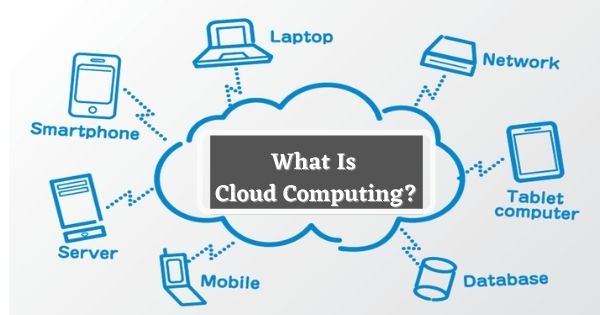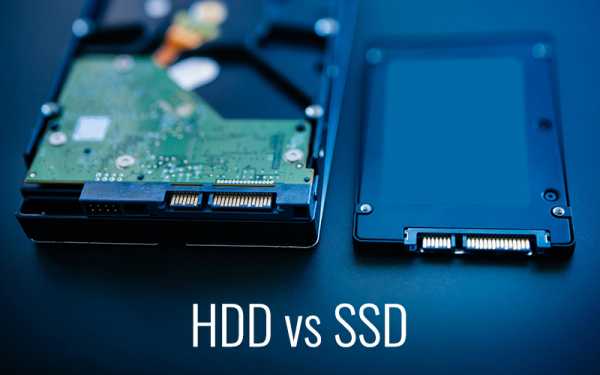When we heard the word cloud computing our mind just see a cloud which connect with the internet. So in this article we try to give full explanation about cloud computing.
What is Cloud computing?
Who is using cloud computing?
Types of cloud computing.
Uses of cloud computing.
Benefits of cloud computing.
Table of Contents
What is cloud computing?
In simple language cloud computing is the different service which provided through the internet. These resources like data storage, networking, servers, database and software.
Instead of storing any data on a physical hard drive, placing it in cloud-based storage via the Internet reduces the cost of local storage to the company. And it can be increased or decreased in capacity as required. With the help of cloud computing, files placed on the cloud can be easily accessed from anywhere in the world.
Who uses cloud computing?
It is used by organizations of all kinds and sizes, the main purpose of which is data backup, disaster recovery, email, virtual desktop, big data analysis, software development and testing. healthcare companies are using the cloud to develop more personalized treatments for patients. Financial services companies are using the cloud to power real-time fraud detection and prevention. And video game makers are using the cloud to deliver online games to millions of players around the world.
Types of cloud computing.
Cloud computing is not a technology like microchip or mobile, it is a combination of three services, In which
1) software as a service
2) infrastructure as a service
3) platform as a service
1) software as a service
Software-as-a-service (SaaS) involves the licensure of a software application to customers. Licenses are typically provided through a pay-as-you-go model or on-demand. This type of system can be found in Microsoft Office’s 365.
2) infrastructure as a service
Infrastructure-as-a-service (IaaS) involves a method for delivering everything from operating systems to servers and storage through IP-based connectivity as part of an on-demand service. Clients can avoid the need to purchase software or servers, and instead procure these resources in an outsourced, on-demand service. Popular examples of the IaaS system include IBM Cloud and Microsoft Azure.
3) platform as a service
Platform-as-a-service (PaaS) is considered the most complex of the three layers of cloud-based computing. PaaS shares some similarities with SaaS, the primary difference being that instead of delivering software online, it is actually a platform for creating software that is delivered via the Internet. This model includes platforms like Salesforce.com and Heroku.
Types of cloud services
Regardless of the type of service, cloud computing services provide users with a variety of tasks, including:
Storage, backup and data recovery
Building and testing applications
Data analysis
Audio and video streaming
Deliver software on demand
The benefits of cloud computing
Cloud-based software offers many benefits to companies of all applications, including the ability to use software from any device through the native application or browser. As a result, users can move their files and settings to other devices in a completely intuitive way.
Cloud computing is more than just accessing files on many devices. Thanks to cloud computing services, users can view their email on any email and even store files using services like Dropbox and Google Drive.
Cloud computing services, allowing users to access their music, make it possible to ensure files and backups. Photos, those files become immediately available in the event of a hard drive crash.
It also provides large businesses with the ability to save big costs. Before the cloud became a viable option, companies needed to buy, build and maintain expensive information management technology and infrastructure.
Companies can replace expensive server centers and IT departments for faster internet connections, where employees interact with the cloud-to-cloud to complete their tasks.
Cloud structures can save storage space for individuals on their desktop or laptop. It allows users to quickly upgrade software because software companies can offer their products via disk, or more traditional, tangible methods, through flash drives, via the web. For example, Adobe customers can access an application in their Creative Cloud through an Internet-based subscription. This allows users to download newer versions and easily fix their programs.
Disadvantage of Cloud Computing
With all the speed, functionality and innovations that come with cloud computing, naturally, there are risks.
Safety has always been a major concern with Cloud , especially when it comes to sensitive medical records and financial information. Although the rules force cloud computing services to increase their security and compliance measures, this is an ongoing problem. Encryption protects important information, but if that encryption key is lost, the data disappears.
Server creators by cloud computing companies can also be victims of natural disasters, internal bugs and power outages. The geographical reach of cloud computing is cut off in two ways: a blackout in California could cripple users in New York, and a Texas company could lose its information if something caused an accident to its main provider.
Like any technology, there is a learning curve for both employees and managers. But when many individuals access and manipulate information through a single portal, errors can be inadvertently transferred to the entire system.
When it comes to providing services, the big players in the corporate computing sphere include:
Below You can see the comparison of cloud Service.

We hope you enjoy this article and if you like this comment below and share it with your friends.
READ MORE :-




https://bit.ly/2VB8wMU